Kitchen Design Advice: How to Choose the Right Kitchen Style for Your Home
When collecting kitchen design ideas, many homeowners begin their search with a word or two: slick and contemporary, clean and light, classic and comfortable, homely, industrial, natural or statement – all provide a good starting point.
When deciding what’s right for you and your kitchen, though, it’s wise to take cues from a property’s architecture, too: what period is the house? Is it afforded lots of light? What kitchen style and materials would be in keeping? Are there features that need to be incorporated, such as structural beams, columns, chimney breasts, glazing or archways, for instance.
While some kitchen design decisions may seem more obvious – a minimal handleless kitchen within a pared-back, highly glazed extension where materiality and architectural detail are the focus, or a traditional in-frame design within a period property, for example. The breadth of kitchen cabinet door options now available mean there’s ample opportunity for experimentation and personalisation.
Innovations mean that classic Shaker doors can have the same slim appeal as a modern alternative and advancements in manufacturing have opened up opportunities for special finishes, glazed doors in an array of styles, hidden handles and a suite of door sizes and configurations.
As a starting point, here’s your complete guide to the different kitchen design styles on offer so you can decide which one may work best for your project.
Shaker Kitchen Design
This ever-popular style originates from the simple, utilitarian designs of the Shaker community, who became known for their handcrafted furniture. These kitchens provide a timeless and simple door design that can be easily adapted through the choice of colour and detailing in many property types.
While veneer and laminate options are available at a more affordable price point, solid wood Shaker units made by hand are in keeping with original manufacturing techniques but will come at a higher cost. These can be painted and further repainted should you wish to introduce a new colour in future.
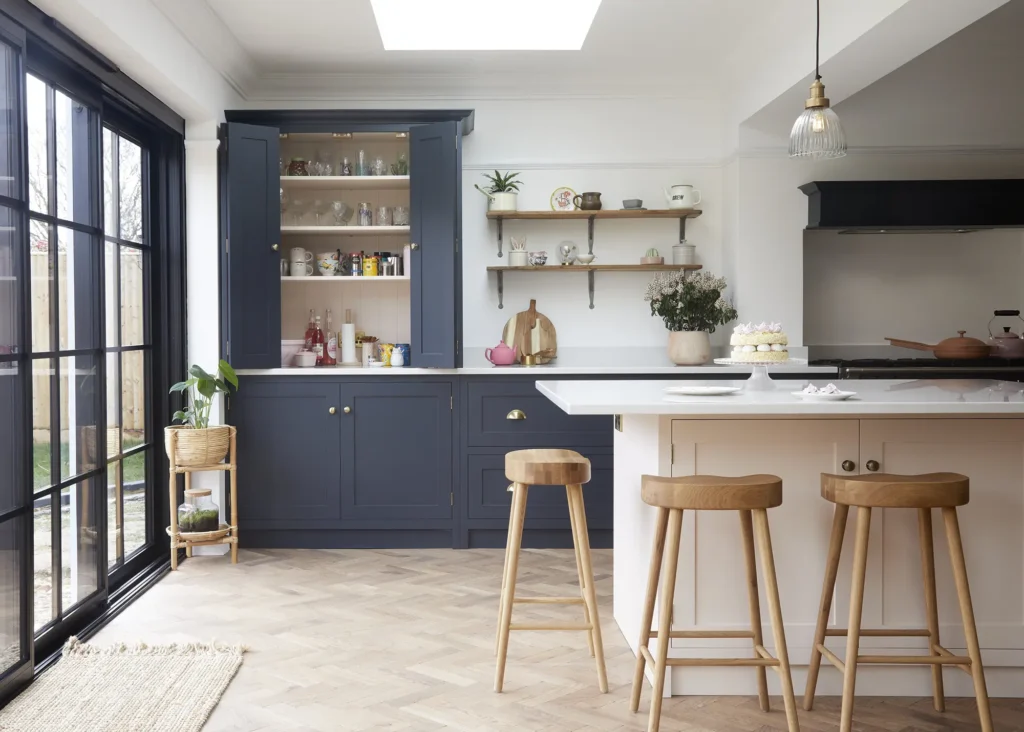
This Shaker Kitchen from Olive & Barr has been painted in Railings and Pink Ground by Farrow & Ball and is a timeless design option which prioritises both quality construction, and style
A Shaker door is formed of a recessed central panel within a raised frame with the most classic setups featuring cup and knob handles, dovetail joints and wooden peg rails. While the core concept of symmetry remains, these days slim frame options offer a more modern look alongside options to recess handles and add or strip away detailed beading depending on preference.
“Shaker kitchens are very versatile, but unless using a slim modern Shaker, I would steer away from this type of design for a new self build, modern apartment or an Art Deco property,” says Kate Feather, founder of Kate Feather Kitchens. “You could couple plain Shaker cabinets with a contemporary colour palette, earthy wood texture, natural marble worktop and bronze accessories. You can use the Shaker kitchen as a base and work from there to add your own style and identity.”
Slab Kitchens
A slab door has a completely flat surface, without any raised or recessed features. It creates a simple look that can be personalised through handle choice. Available in a range of materials, colours, matt and gloss finishes, slab doors are often formed of an MDF core with veneer or laminate facing making them a cost-effective option.
“The appearance of this type of kitchen really lends itself to a contemporary look, with clean lines and a clutter-free finish,” says Ruth Lavender, design expert at Benchmarx Kitchens. With a pared-back look, a slab kitchen can form a base for more adventurous features, whether architectural or as part of the kitchen, such as statement worktops.
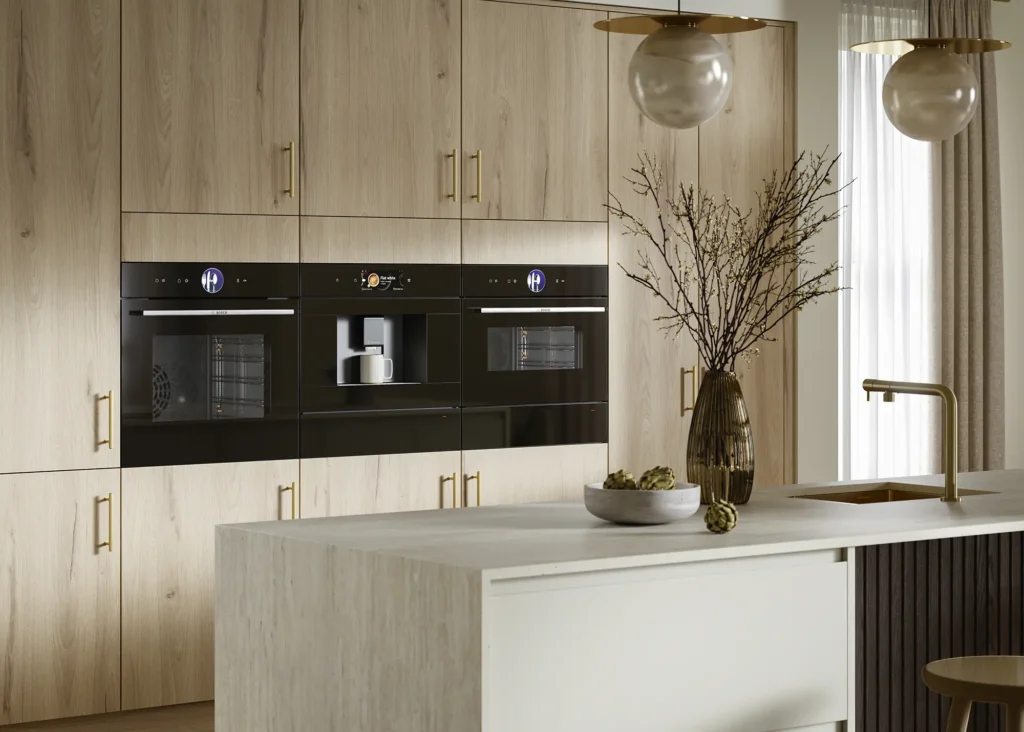
Duxbury kitchen in limestone, starting at £2,827 from Magnet Kitchens
You may prefer to lean into a monotone approach and keep surfaces in the same colour and material, for example, laminate-fronted units and worktops. “With a glass-like finish and textures that combine seamlessly, ultragloss slab options create a striking and luxurious look – pairing beautifully with solid surfaces,” says Ruth.
Handleless Kitchen Design Styles
Often deemed the ultimate blank canvas, a handleless kitchen is a minimal but highly sophisticated kitchen design that sits well alongside striking, contemporary architecture and within open-plan spaces. “Pairing a series of horizontal and vertical lines will mean you can visually expand the height and/or width of your kitchen space – ideal if working with an awkward layout or you want to emphasise the architecture of your room like the windows and doors,” says Matt Phillips, head of UK operations at Rotpunkt.
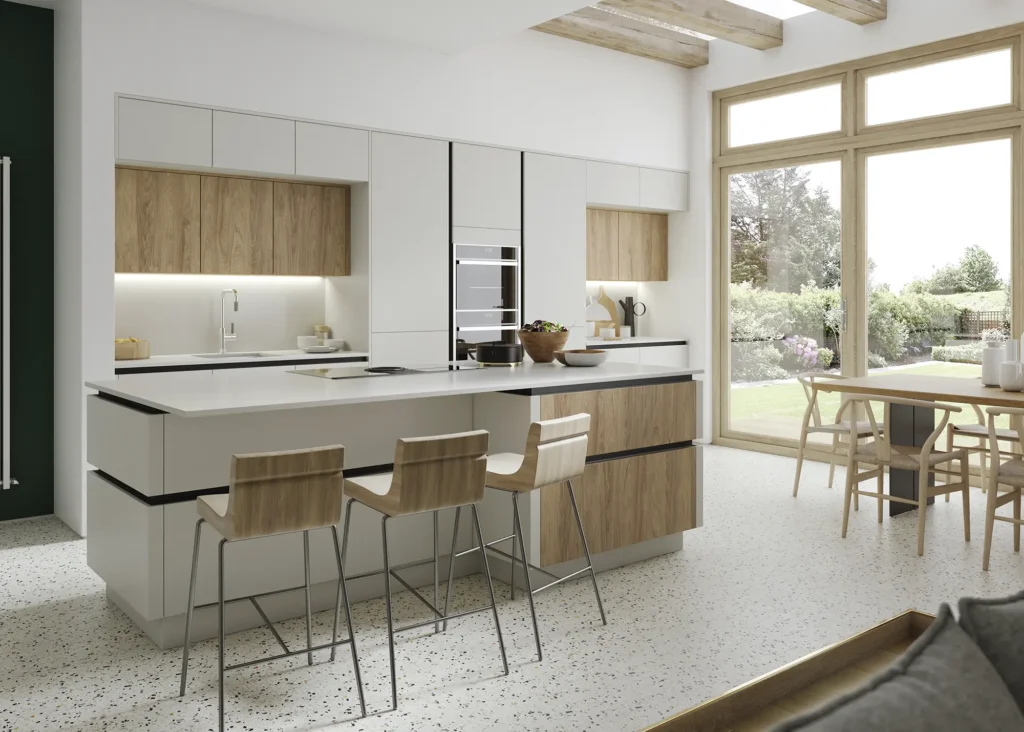
H Line Sutton Scot Grey with Madoc Portland Oak and Onyx handle rail by Masterclass Kitchens, where prices start from £15,000
While typically totally flat-fronted, the latest door designs also encompass elements of Shaker and traditional styling that can sit atop integrated opening mechanisms such as push-to-open, knock-to-open, recessed finger pulls or sliding options, so that no handles are required. “A series of different integrated profiles will ensure easy access to the kitchen furniture without disturbing the door front with hardware,” explains Matt.
“Using opposing coloured handleless profiles, like a trendy blue door front with striking gold profile, is a brilliant way to add excitement and finesse while naturally creating shadow gaps and contrasts. Floating units, wall panel storage systems and ceiling frames will complement a blended kitchen-dining-living space.”
5 Amazing kitchen design features
|
Traditional Kitchen Styles
A traditional kitchen cabinet door would normally feature “some type of framed profile such as a Shaker style with beading, cornice or moulding,” says Julia Brown, design director at Mowlem & Co.
The more ornate the detailing, the more traditional the kitchen. “If you pair a traditional sort of door with other details such as an intricate cornice, a boxed plinth, more elaborate features on the end panels and a mantel over a range, then the overall look can become more traditional,” suggests Julia. “But the style can subtly change by adding a streamlined handle and contemporary tones in the colour palette.”
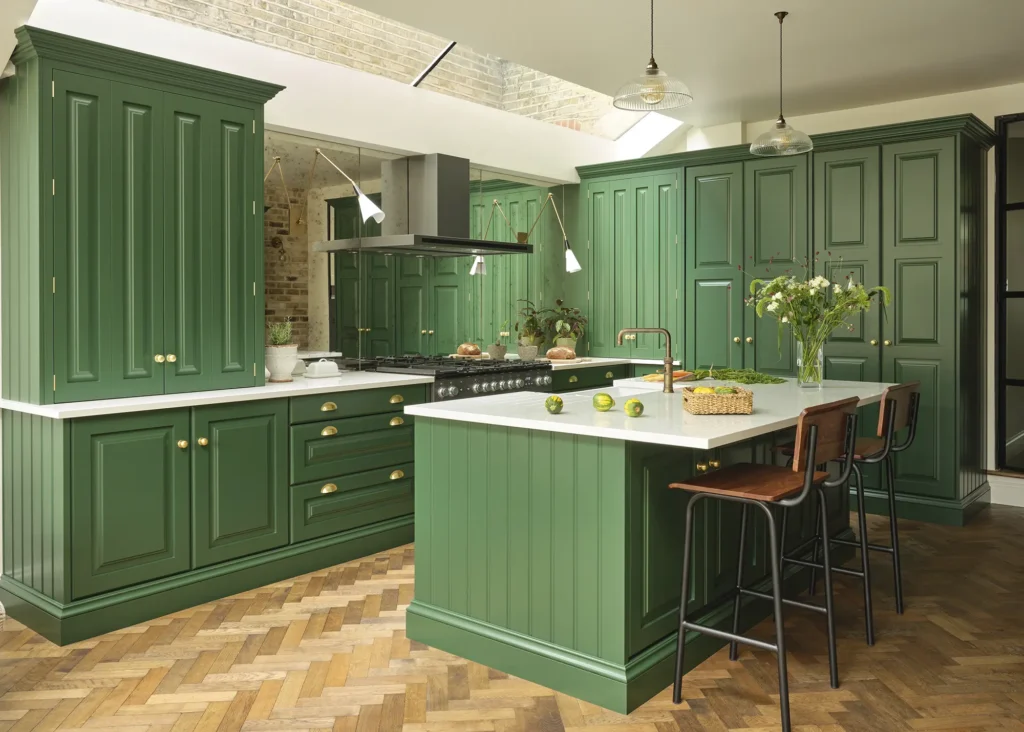
Artisan Kitchen, starting at £35,000 from John Lewis of Hungerford
Better suited to period properties and those with grand proportions, traditional doors with heavy detailing are often paired with ogee-edge granite or marble worktops, wooden plate racks, Butler sinks and mantles, particularly where a chimney breast is utilised as a cooking zone with a range cooker.
Curved cabinets, for example a rounded island end, alongside wall panelling and fluted glazed panels are seeing a resurgence both in traditional schemes and those with simpler Shaker doors. It’s worth noting that the more intricate the features, the higher the cost.
Wooden Kitchens
While pine and mahogany were once the style of choice, oak and walnut are now the go-to with the texture and natural grain of the wood providing the main design focus. Wood adds warmth to a space and will develop a natural patina as it reacts to light and humidity over time, adding to its character. “It’s all about intelligent design and making sure it is protected,” explains Howard Miller, director at H Miller Bros.
“Some species are more resistant than others, modern lacquers such as PU lacquer are very hard and water resistant, and it’s crucial to put the right material in the right place. Some things are best done with solid hardwood, such as the leg of a kitchen island where strength is important, while a veneered board is a good choice for a cabinet door front because it is very unlikely to warp.”

The Mid Century Kitchen designed by H Miller Bros, where Signature kitchen ranges start from £40,000 and the bespoke service is priced from £75,000
When deciding on the type of wood, consider the natural light and size of the room. Large and light spaces can be the ideal setting for darker timbers such as walnut and iroko where the light highlights the grain detail, while lighter tones will work when you’re going for an airy feel.
“You could choose a characterful species and contrast it with manmade materials like stainless steel worktops, spray painted finishes, engineered stone, or you could choose a gentler straight grained timber, or light colour, and combine this with other natural materials such as quartzite and lime paint finishes,” suggests Howard.
Mixing & Matching Kitchen Design Styles
Mixing and matching different kitchen door styles and colours is a popular way to personalise a space and works in kitchens of all sizes. “It can create a sleek and interesting look,” says Ruth, “particularly when combining Shaker cabinet doors with textured wood finish slab.”
Matt and gloss doors pair well or a combination of handless wall units with slab handled doors at the base for added practicality. It may also be that larger units, such as a breakfast cupboard or integrated fridge freezer, have handles while the remaining units are sleek.
“True handleless and cabinet doors with handles also work in unison and are an interesting way to zone a kitchen. Utilising a handleless design on a kitchen island provides a sleek look,” says Ruth. “However, I wouldn’t advise opting for J-pull cabinets with a slab or true handleless design, as this can end up creating a mismatched appearance.”
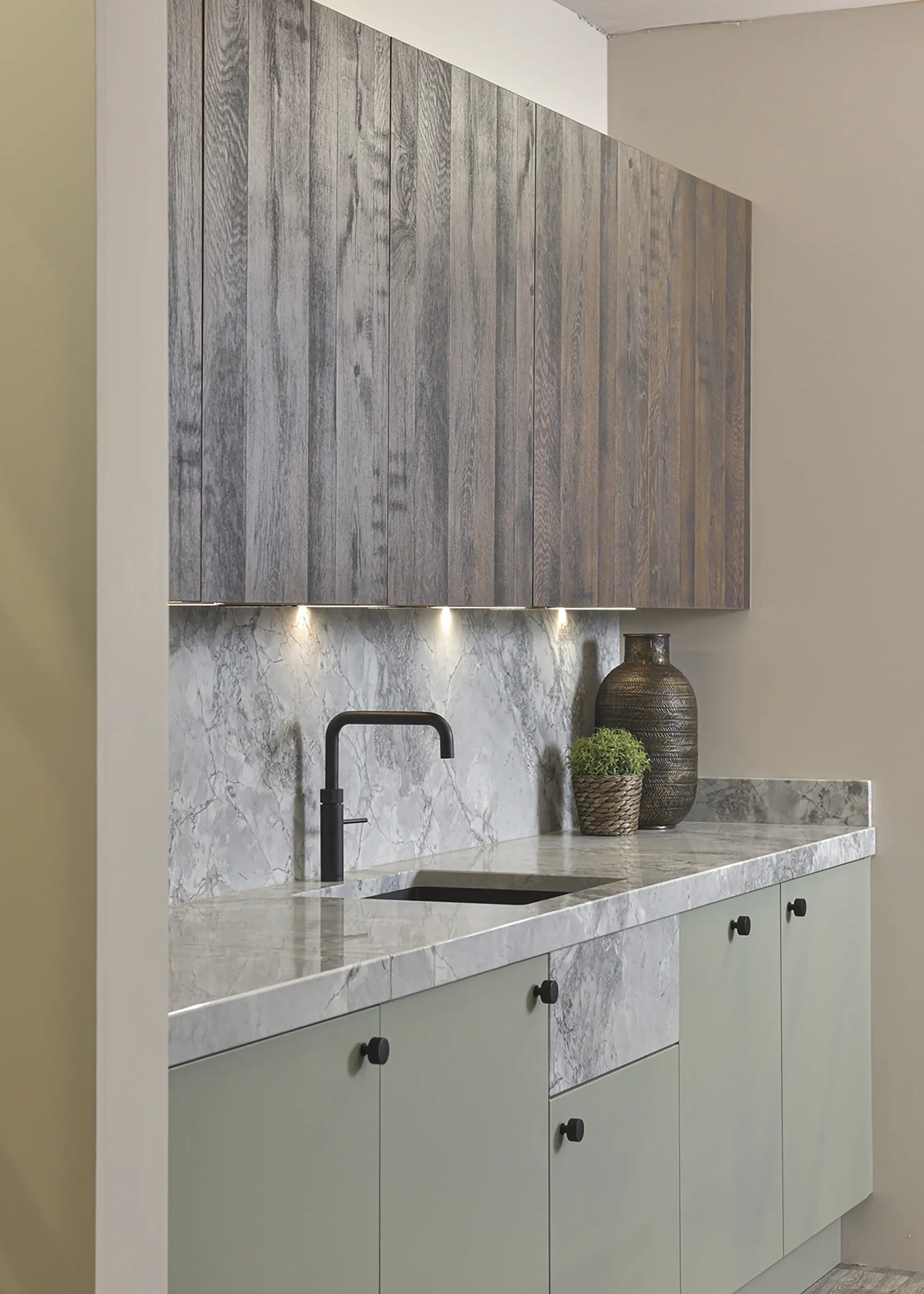
A combination of recycled Renzo handleless cabinetry in Oak Tobacco and slab Mayfair doors in super matt Sage Green provide an attractive mix of styles, with the handles on the base units adding a practical touch. Daval kitchens start at £12,000
Other features such as handle choice and worktops can add to a transitional feel. For example, contemporary knurled bar handles on a Shaker door; adding chunky worktops and modern waterfall edge; or choosing a contemporary colour or material for more traditional in-frame doors. Consider mixing classic hues like warm white with a colour accent like blue, blush pink or sage green. “Pairing materials like glass and wood also helps achieve the ideal balance between classic and contemporary,” says Ruth.
Bespoke Kitchens
The limits of kitchen design are arguably endless with thousands of door profiles, colours, materials and finishes available, but no more so when going bespoke. It’s a term often used to describe made-to-measure solutions which tend to be restrained to set parameters of sizing. But true bespoke design can be anything you and your space needs, made from scratch and to order to your exact specifications.
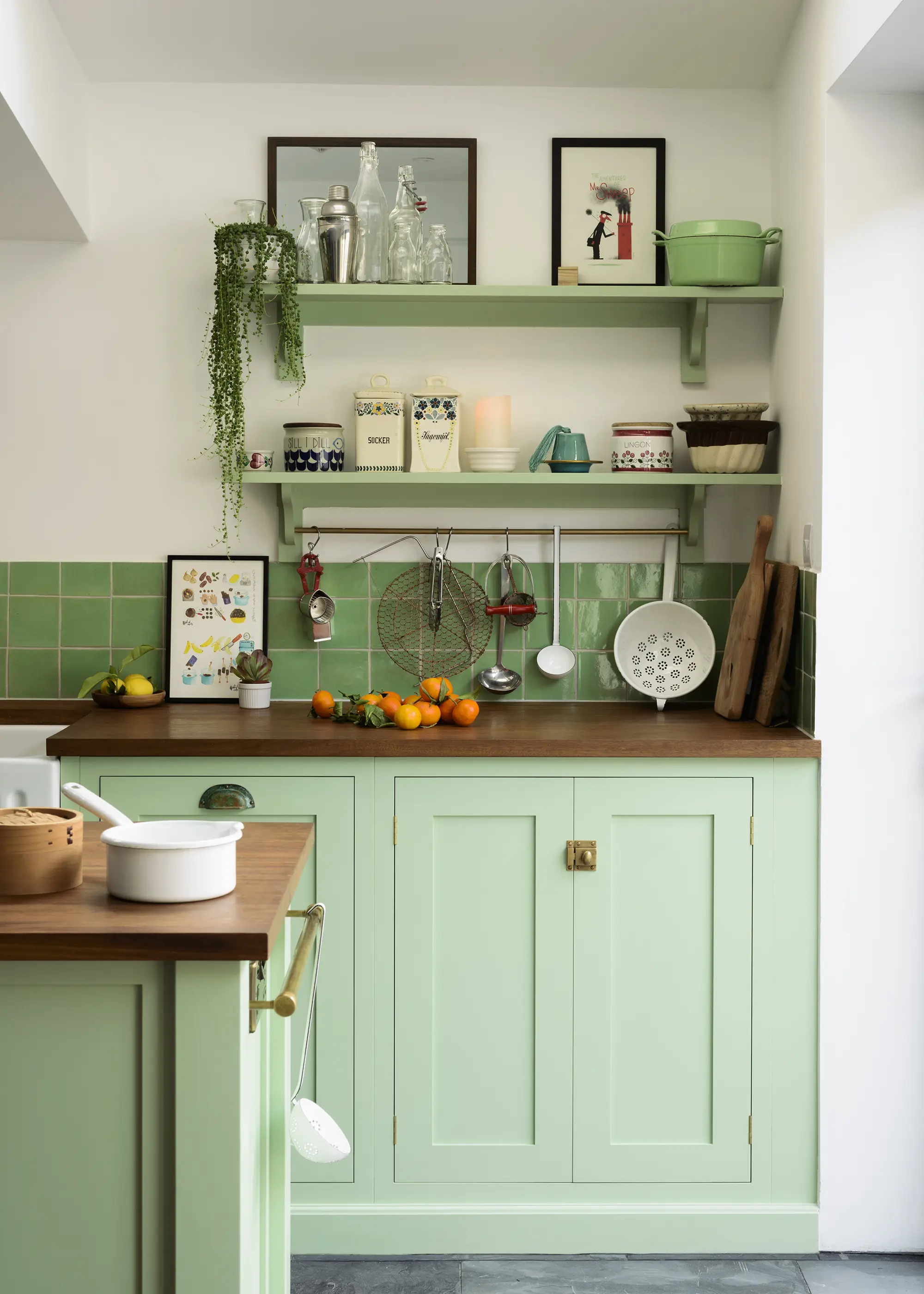
This delightful, bespoke pea green Devol Shaker kitchen features reclaimed Iroko wood countertops – sourced by the client herself. They’ve been sanded and re-oiled, making a functional yet homely addition
Beyond spatial requirements and maximising every inch, sightline and feature, the kitchen can be highly personalised with fully tailored cupboards and drawers to fit your favourite casserole dish, wine glass collection or a pantry cupboard with drawers engraved with the names of family members, including pets, for example.
Bespoke cabinetry finishes offer a one-of-a-kind kitchen design, such as oxidised fronts or weathered patinas of unlacquered wood or metal. Unlike off-the-shelf or those made to measure, bespoke options are designed completely around you, down to every last detail.






























































































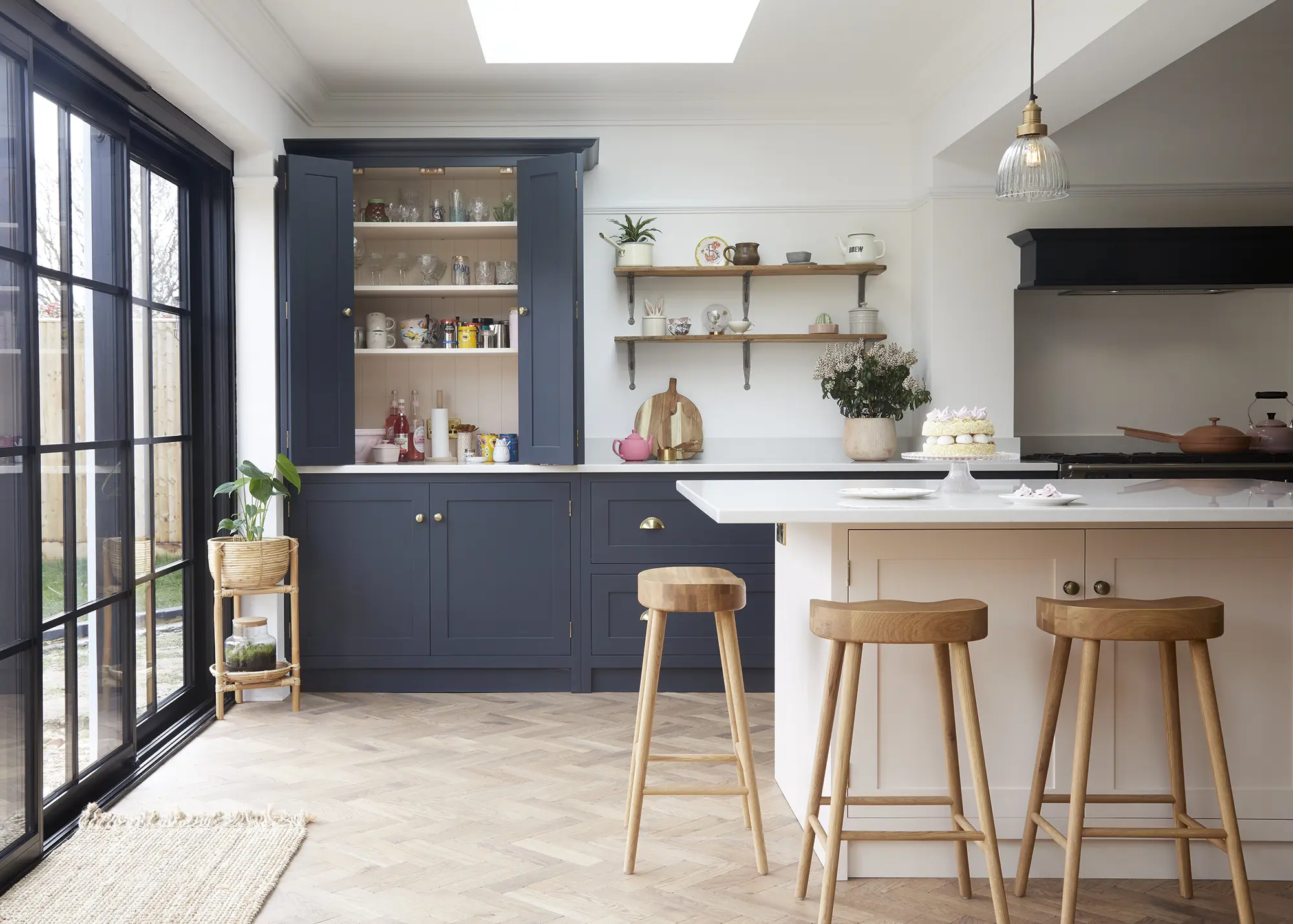
 Login/register to save Article for later
Login/register to save Article for later
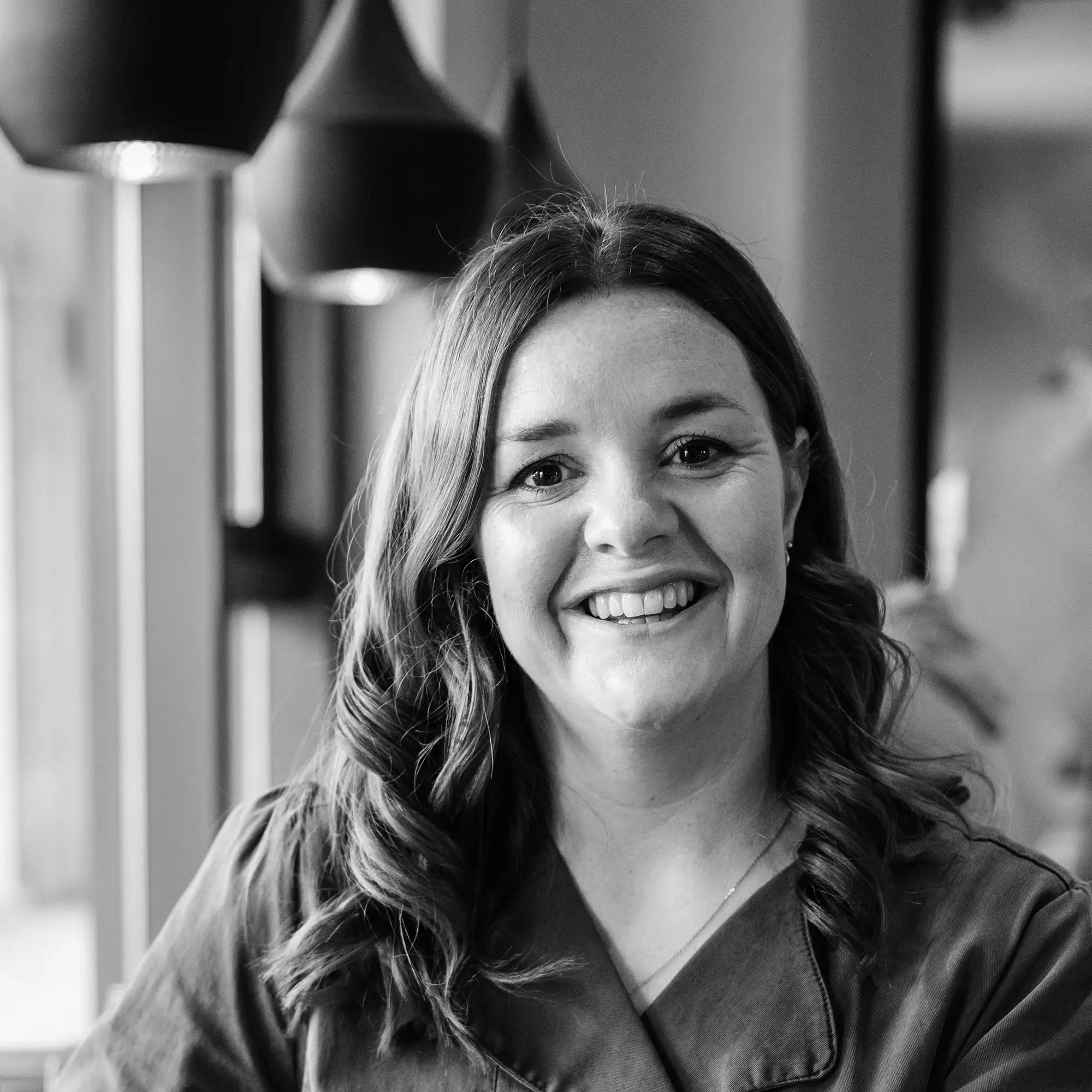
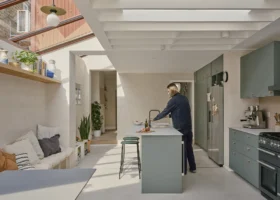



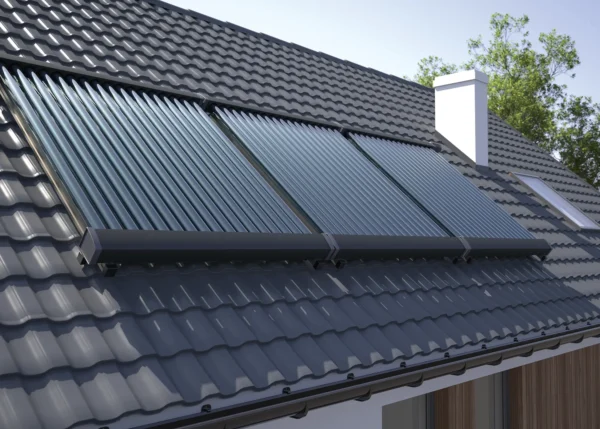
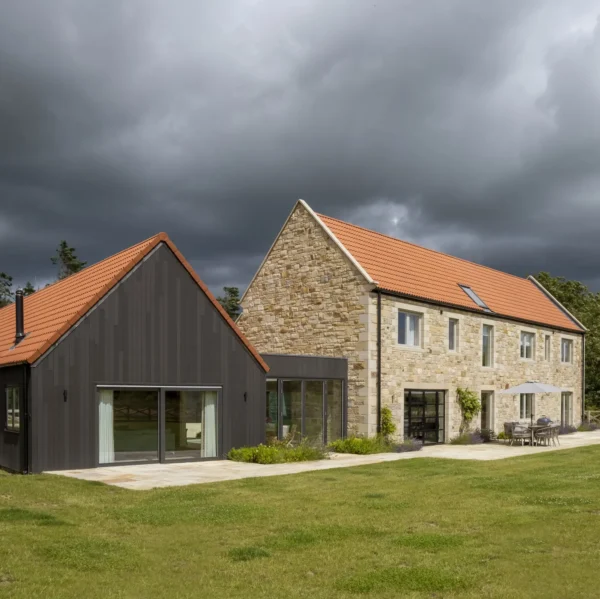
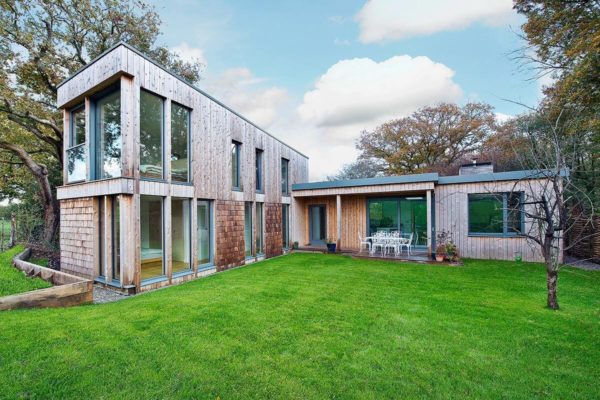






Comments are closed.